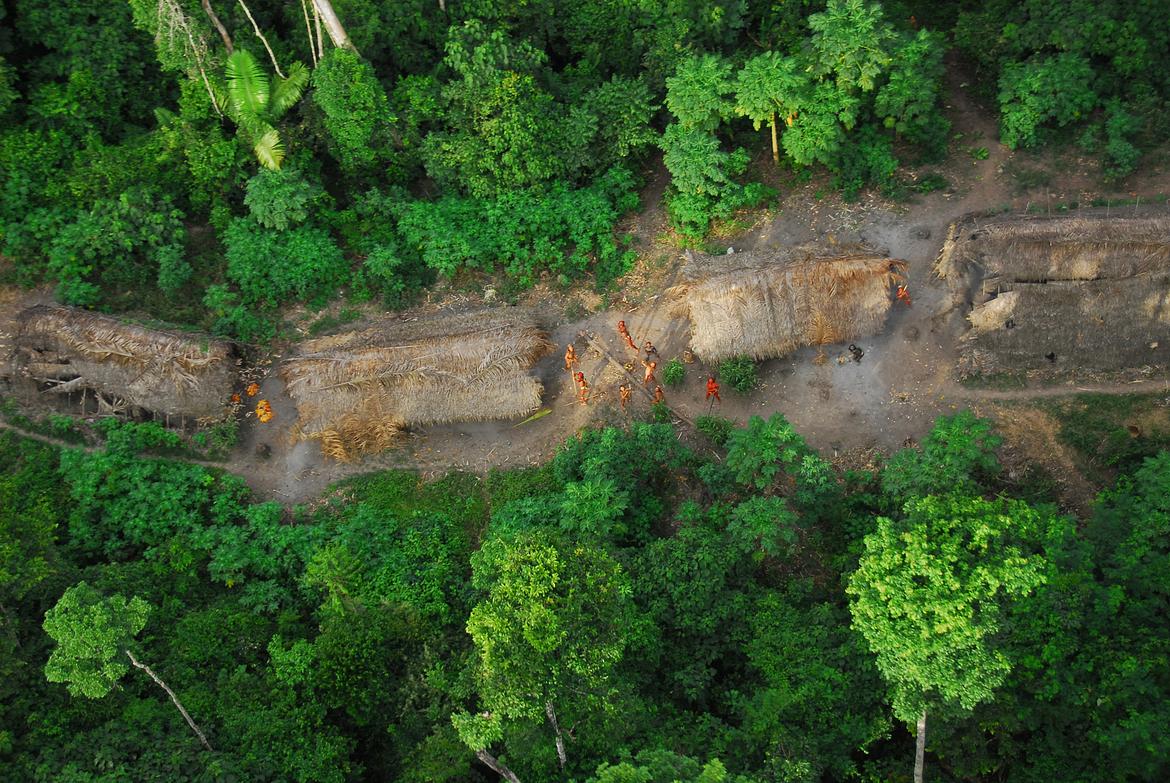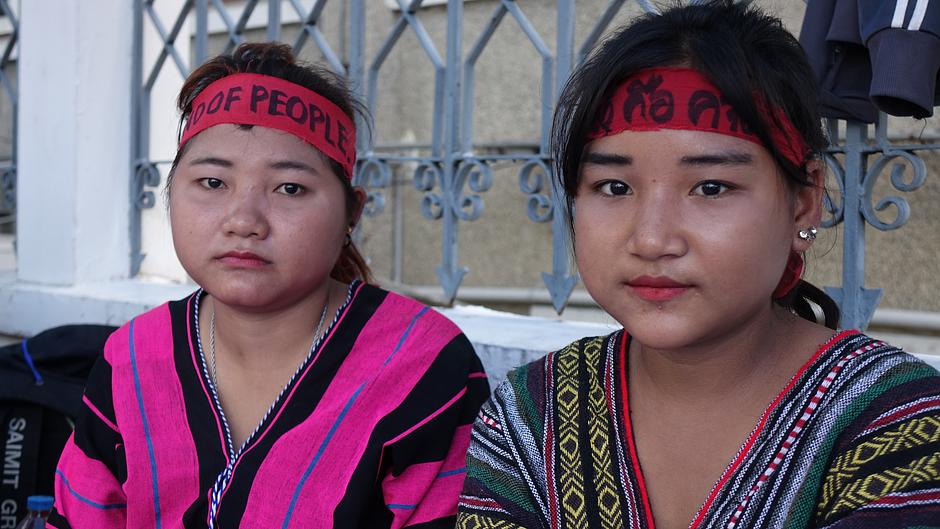Conservation and the rights of tribal people must go hand in hand
Tribal peoples’ survival depends on the land they have lived in harmony with for generations, yet they are being evicted from protected areas in the name of conservation.
Evidence is growing that conservation – enforced by the creation of protected areas and policed by anti-poaching squads – leads to the eviction and abuse of vast numbers of people, especially tribal peoples, and is also failing to check the deepening environmental crisis. A new approach is urgently needed. Conservation should centre on protecting the land rights of the peoples to whom these vitally important areas are home.
Tribal peoples are better at looking after their environments than anyone else – their survival depends on it. When the Maasai were removed from Ngorongoro Crater in Tanzania in 1974, poaching increased; the eviction of Indigenous people from Yellowstone Park in the United States in the late 19th century led to overgrazing by elk and bison; Aborigines in Australia have used controlled burning to protect forests from devastating conflagrations… the list goes on.
Liquid error: internal
South Asia’s tribal peoples have coexisted with the tiger for thousands of years, but now they are facing eviction in the name of protecting the animal. There is evidence, for example, from Chitwan national park in Nepal, that tiger densities can actually be higher in the areas where people live than in those from where they have been evicted. People provide a variety of different habitats and eyes and ears to detect and deter poachers.
In India, instead of recognising tribal peoples’ rights to their land, the government has created more parks, carried out more evictions, and endeavours to bring in more tourists.
From Amazonia, there is growing evidence that when Indigenous territories are legally recognized and managed by Indigenous peoples, the rainforest is better protected.
There is a simple reason for this: tribal peoples have managed, protected, nurtured and shaped their land for generations. They, more than anyone, have the best knowledge and motivation to protect their land.
Liquid error: internal
Three examples highlight the problems with the current conservation model.
Much of the ancestral land of Baka “Pygmies” in southeast Cameroon has been converted into national parks and safari hunting zones. The Baka are being forced from the forests and accused of “poaching” because they hunt their food. They face harassment and beatings, torture and death at the hands of anti-poaching squads. Many Baka say their health has deteriorated since being forced from the forest. They are criminalised as poachers, while the traffic of bushmeat by commercial operators continues apace.
In Botswana, the Bushman communities that have lived in the Kalahari desert for generations, have been evicted and corralled into camps they call “places of death”. Despite a high court ruling recognizing their right to live and hunt in the Central Kalahari Game Reserve, they are routinely beaten up and arrested for hunting by wildlife officers. Meanwhile the “conservation area” that they have been removed from is being mined for diamonds and other non-renewables, and has a luxury tourist lodge with a swimming pool. There is no evidence that the Bushmen’s subsistence hunting and gathering was deleterious for wildlife but there is ample evidence that their eviction has been catastrophic for their health and endangers their survival as a people.
In India’s network of tiger reserves, millions of tribal people have been evicted, or face harassment. They are denied their right to manage and protect their forests. Promises of compensation amount to very little: families are dispersed, housed under plastic sheets, stripped of their self-sufficiency and pride, becoming dependent on hand-outs or menial labor.
These three examples are just the tip of an iceberg. Globally, tribal peoples are bearing the costs of a conservation model that is simply not working.
Despite endless policy documents, the conservation industry continues to support programmes that involve the alienation and abuse of tribal peoples. It is creating a mass of people who see conservationists as an enemy. It is, in short, shooting itself in the foot.
What is needed is radical transformation. Time is running out – both for wildlife and for tribal peoples. Conservationists must protect tribal peoples’ rights to their lands, ask them what help they need, listen to them, and then support them. There is a mass of evidence to show that this change is vital. Can the leopard change its spots or is the conservation industry too wedded to the status quo, and to meeting the interests of corporate and government partners, to address the true crisis in our natural world?






